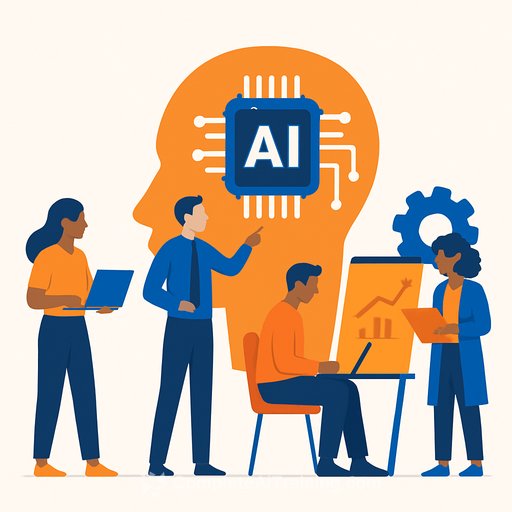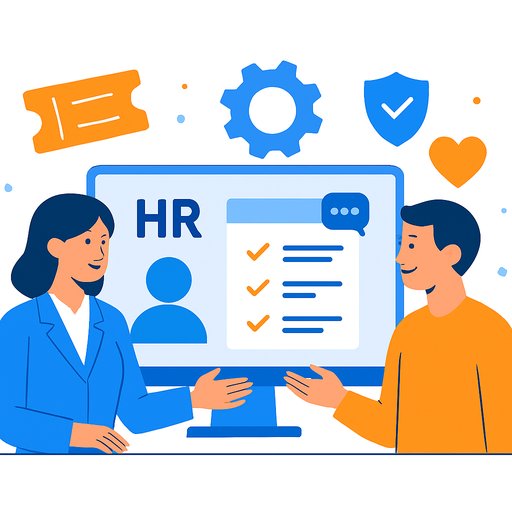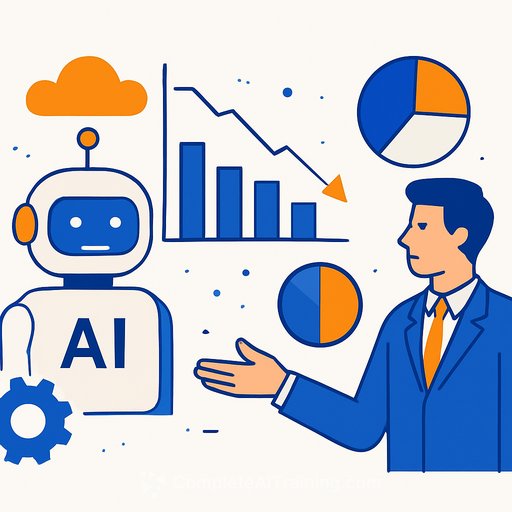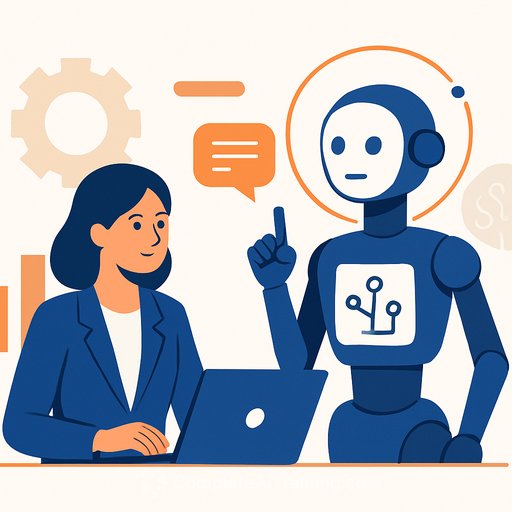Welcome to the Era of Continuous Reskilling
As AI technology advances faster than any general-purpose tool before it, organisations must act now to build AI fluency, curiosity, and confidence among their workforce. Leading companies are already integrating AI tools that seemed unimaginable just a few years ago. According to Microsoft’s Work Trend Index, 82% of leaders see 2025 as a critical year to rethink AI strategies. Yet, although 77% of employers plan to reskill employees for AI collaboration, many target 2030—five years too late.
The message is clear: Learning and development (L&D) must move from the sidelines to the core of organisational strategy. Here are three practical steps HR leaders can take to close the AI skills gap and prepare their teams for the future.
1. Build Trust in AI
Early AI adoption often focused on caution and restrictions, which created hesitation. Now, organisations need to shift the focus from risk to exploration. Encourage employees to use AI for everyday tasks like summarising documents or drafting notes. As AI becomes more reliable and secure, trust grows through real-world experience.
Peer learning is helpful, but cultural change happens when leaders lead by example. When executives openly use AI tools, it signals that AI is not just allowed—it’s expected.
2. Adapt to Working with AI Agents
A significant awareness gap exists between leaders and employees: 67% of leaders are familiar with AI agents, compared to just 40% of employees. Closing this gap requires role modelling and embedded learning.
Leaders should share their AI experiences and demonstrate practical uses. Initiatives like EY FutureHacks show how teams can weave AI into daily work. Creating curated learning paths helps employees progress from basic users to skilled 'agent bosses'. To date, over 80,000 employees have earned AI badges that combine accredited learning with hands-on practice.
3. Focus on Skill-Based Growth
Job skills will transform significantly by 2030—LinkedIn predicts 70% will change. Traditional fixed career paths are becoming obsolete. Instead, employees should build adaptable skill portfolios that reflect emerging demands.
Organisations can support this by providing transparency about skill trends and recognising progress. Stackable credentials, like digital badges, motivate employees and demonstrate commitment. For example, some firms offer pathways from badges to full tech MBAs, linking skill growth to career advancement.
Speed in upskilling is a competitive advantage. Creating a culture that encourages experimentation, accepts failure, and values growth beyond immediate results is key to accelerating learning.
Learning as the Leverage Point
AI is reshaping how people work and learn, ushering in an era of continuous reskilling. L&D teams must evolve from reactive support functions into strategic drivers of transformation. Treating AI as a development partner unlocks faster skill growth, better decision-making, and enhanced creativity.
HR leaders have a crucial role in building systems that promote agility, recognise practical learning, and foster skills development for everyone. The future rewards those who stay curious and confident in AI.
Now is the time to equip your teams with the tools and trust they need to explore AI’s potential fully. For practical AI training resources tailored for HR and organisational development, visit Complete AI Training.
Your membership also unlocks:






